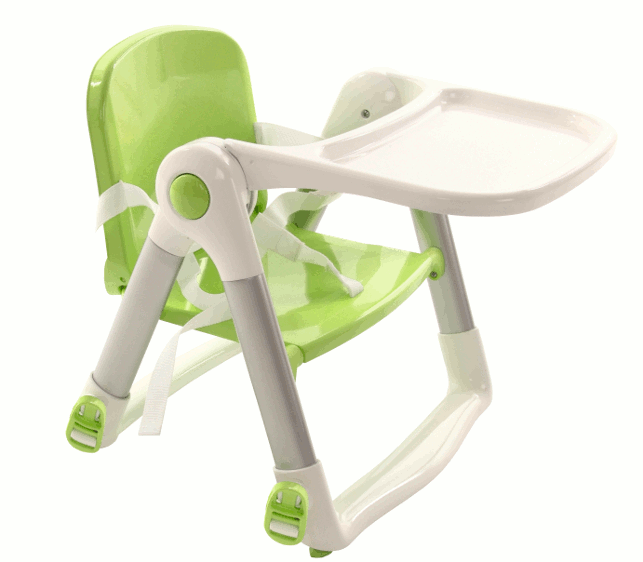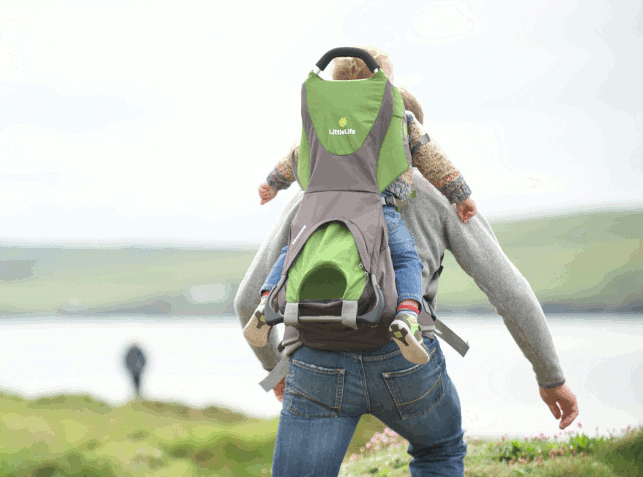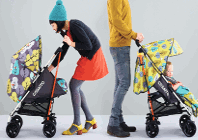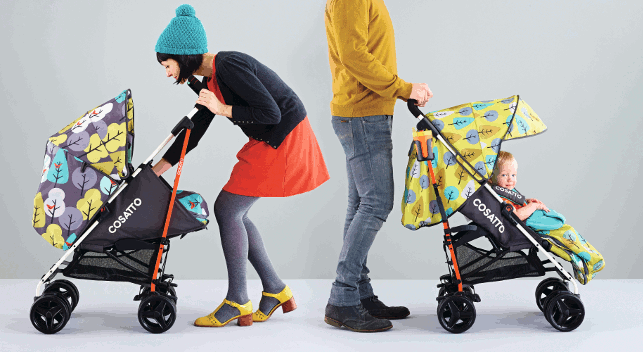
Out with the bland
Bolton-based baby products company Cosatto is on a mission to “save the world from boring baby stuff”.
Its pushchairs, car seats and highchairs feature bold colour, quirky prints and names such as Hootle, Giggle and Woop.
Take its latest product, the cheerful To and Fro Firebird Pushchair: this umbrella-fold stroller offers two modes: a ‘face-you’ and a ‘street-view’ mode.
By pulling through the hood and back support, it converts from a parent-facing pushchair for newborns into a forward-facing stroller for children up to 15kg and, in the process, the hood’s pattern changes, too.
“The beauty of this design is its simplicity,” says Cosatto’s associate design director, Stephen Shaw.
“The hood is able to face in both directions without having to detach anything from the unit or use any complex parts. Through the clever use of tailoring, you can reverse the hood out in one simple motion.”
Shaw is responsible not only for the functional design of the product, but also for the illustration side, too. “These two aspects aren’t handled independently at Cosatto.”
“As you are designing the prints, you are thinking about the colours and material finishes of product components. And, as you are designing the product, you are thinking about what scale and style of print would suit the product.”
The design process at Cosatto kicks off by listening to parents. Through its regular ‘Cosatto Cuppa’ feedback sessions, parents provide their thoughts and opinions on the company’s latest developments.
“In these sessions, we discovered the need to design an umbrella-folding pushchair that could convert from parent-facing to outward-facing. So, in a sense, we co-create our products,” says Shaw.
Shaw then starts sketching ideas to convey concept, functionality and aesthetics before jumping into SolidWorks.
For the textile and print designs, meanwhile, he uses Adobe Creative Cloud software, mainly Photoshop and Illustrator.
Once everyone is happy with the product, files are sent to the manufacturer. Several prototypes are produced to help the design team further refine the product before tooling and production commences.

Into the fold
Meal times with a toddler can be a challenge. However, the portable and compact Flippa Dining Booster seat means that kids can be quickly and easily brought to the table.
Having identified a gap in the market for affordable baby dining boosters, QT Innovation approached Worcestershire based product design consultancy JMDADesign.
“The first main challenge was to find a folding solution that was original and did not infringe on patents,” says JMDA managing director, Derrick Barker.
“The objective was to have a seat that is easy to open while still holding the child.” Following brainstorming and sketching, JMDA used SolidWorks to create an outline folding frame and locking system.
With the CAD model complete, prototypes were made for initial testing and then again for final design before tooling sign-off.
The seat went on to win the Progressive Preschool Innovation Award 2014. “Naturally, we felt very pleased that in the crowded market of dining boosters there is still the opportunity for innovation and sales with the right design,” says Barker.
“The product demonstrates how a good design can be created when the market opportunity is clearly defined and the key selling drivers are well-known before striking a blow.”

Small explorers
When it comes to exploring the great outdoors, pushchairs often prove impractical. Backpacks, for many parents, offer a better approach.
So, for life’s tiny adventurers, LittleLife, a brand owned by outdoor kit company Lifemarque (which owns the Lifeventure and Lifesystems brands), has launched its new Adventurer Child Carrier for children aged from six months to three years.
“With these types of products, it’s a lot of schematic drawing to begin with: thinking through the usability requirements, consumer needs and necessary features before putting more refined drawings together,” says LittleLife’s product designer, Nick Chubb.
These drawings move quickly from sketches into Adobe Illustrator. As the product is mostly made of fabric, Illustrator is the main tool but SolidWorks is used to model small components.
For prototyping work, Chubb utilises the company’s new Makerbot Replicator 5th Generation 3D printer. “Buying our own printer has proven to be much faster and more cost-effective during development.
There are some projects where I have tried and tested four prototypes before lunch!” he says.
However, external companies are used for very high-resolution prints before progressing to tooling and manufacture.
A look at new designs and innovations for little people
Default






